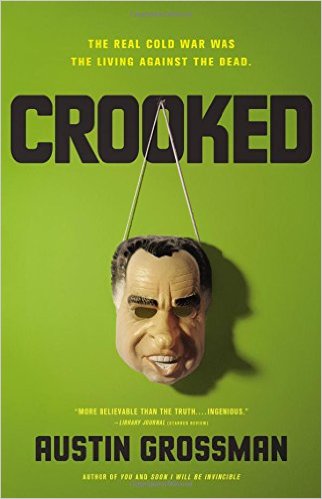Explaining the victory of Robert Gray as Mississippi’s Democratic nominee for Governor. It wasn’t that his name is the same as a color — it was that he was the one man against two women in this low watt campaign.
And then, futher explanation on why we had a voting pool not prepared to vote for the Democratic party’s choice of candidate, or any statued insurgent against the party’s choice.
the conditions that enabled Gray’s victory are deeply embedded in Mississippi’s anachronistic election process, a system designed for one-party white supremacist rule that has not kept pace with the expansion of voting rights or partisan realignment. As a result, the 21st century Democratic primary electorate is distorted through 19th century laws and traditions. Problems occur when these three vestiges of the old regime work in concert:
Candidates for every state and local office can declare a partisan affiliation, but voters can not register with a party. Any voter can participate in either the Democratic or Republican primary.
Many local officials and their challengers still run as Democrats without GOP opposition. Even in many majority-Republican counties, the Democratic primary operates as the de facto general election for certain local offices.
Local races (of which there are many) drive turnout even when state offices are contested. The Democratic primary attracts more voters than the Republican primary despite GOP dominance in statewide elections. A large share of the Democratic primary voters do not support the Democratic nominees in the general election.
Interestingly, I suppose this is one factor that saved Thad Cochran in his primary race last Senate election — those rural down ticket Democrats not being in the Republican voting pool.
So…
The size of the dropoff between August and November can be staggering. Nearly 90 percent of Tippah County voters participated in the Democratic primary, but only 25 percent cast their ballot for the Democratic nominee in 2011. Ninety-two percent voted in Carroll County’s Democratic primary, but only 29 percent went blue in 2011. In total, 17 counties (21 percent) have at least a 50-point gap between Democratic share of the primary and general election vote.
Bottom line, and this probably works as well in South Carolina with your Alvin Greenes of the world.
But even in the Democrats’ atrophied condition, it would have been almost impossible for Gray or any unknown candidate to have won a majority of the vote without the systemic distortion and dilution of the electorate created by Mississippi’s antiquated primary laws and traditions.
Cue the comments from chest-beating Republicans and conservatives “dumb ignorant Democrats” mixed with the creepy “this vestige of 19th century election laws is a-okay”…
The one thing we will give Robert Gray — he is apparently running.  He has a consultant. Which is a thing that he should be doing. Granted, it’s going to be roughly the Christine O’Donnel “I’m You” pitch — the ad created by the “Demon Sheep” consultant — which was much mocked, but frankly was a case of “that’s all she got” —
I imagine he has better credentials to sell everyone on this “Mr/Ms. Smith goes to Washington” pitch, which is to suggest that the idea is the goal is… something less than embarassment… as he tours the state. The only thing I can’t help but see as potentially “ugh”-ish is, oh, something like you saw with Susan Boyle, who was quickly made up after he dumpy talent show appearance debut with … “huh”. (Probably just keep the jeans and flannel… you’re an “everyman politician”.)
Of course, actually hitching a run for office isn’t something everyone of these “some guy”s should do — I remember I saw in Internet comments someone saying “get Carville to coach up Alvin Greene”, which — would have been pointless.
  Fascinating book. HP Lovecraft writes Richard Nixon’s career… it’s like the author test-marketed the book’s premise just for me.
 Fascinating book. HP Lovecraft writes Richard Nixon’s career… it’s like the author test-marketed the book’s premise just for me.


